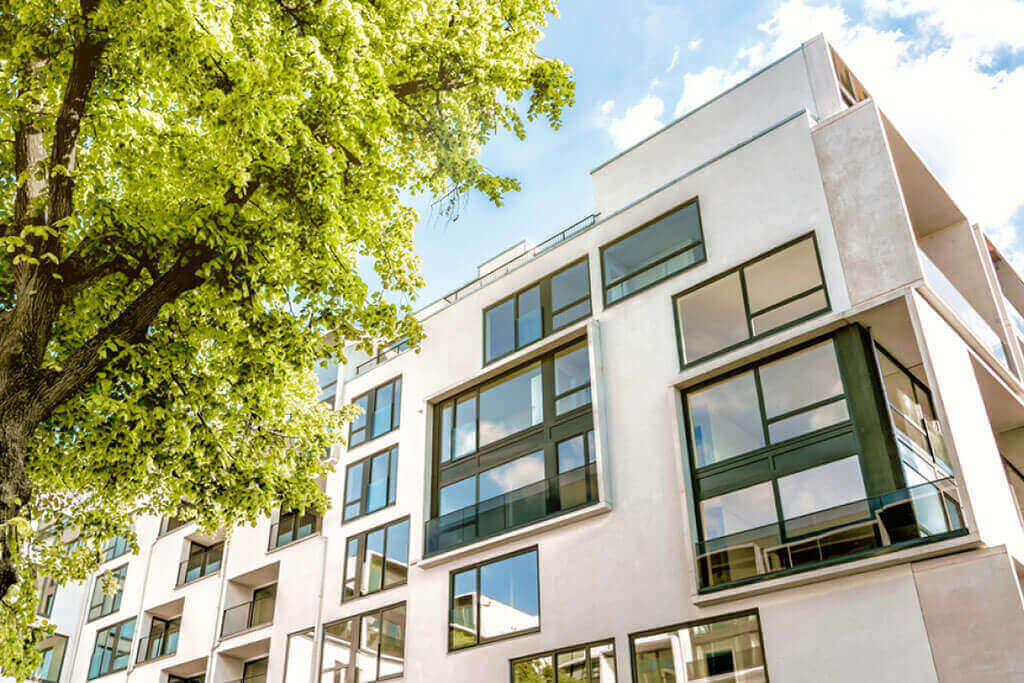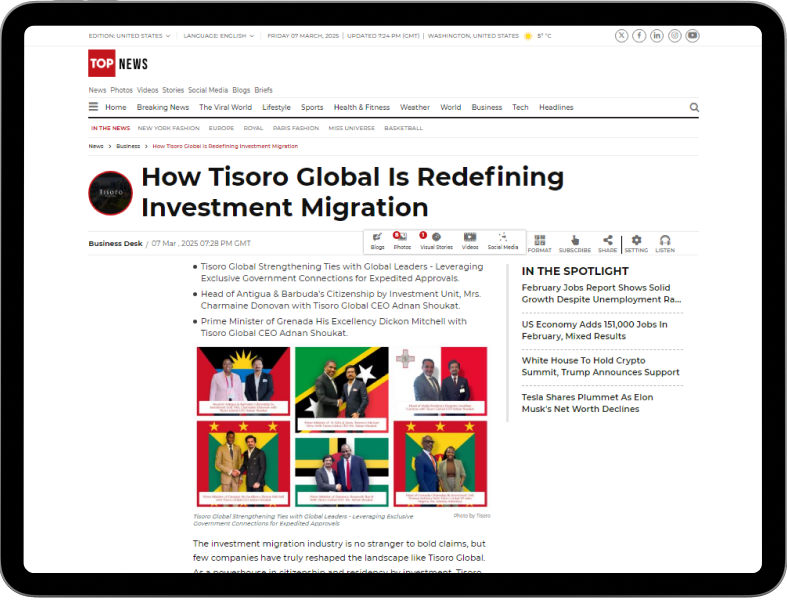In an increasingly globalized world, the desire for mobility, safety, and a higher quality of life has led many individuals and families to seek new opportunities beyond their home countries. One of the most appealing pathways to achieving this is through residence by investment programs, which offer foreign nationals the chance to gain residency status in the United States by making a significant financial investment. This approach has been gaining traction, especially among those looking to invest in their futures while also contributing to the economy of their chosen country. The U.S. Residence by Investment Program, often referred to as the EB-5 Immigrant Investor Program, stands out as a viable option for many, providing not only a path to residency but also the potential for financial returns.
The EB-5 program was established by Congress in 1990 to stimulate the U.S. economy through job creation and capital investment by foreign investors. The program's dual purpose is to attract foreign investment while creating American jobs, thus fostering economic growth.
One of the most compelling features of the EB-5 program is its potential for families. When investors make the qualifying investment, their spouse and children under the age of 21 can also obtain permanent residency. This aspect makes the program particularly appealing to families seeking a secure future in the U.S., where opportunities for education, employment, and quality of life are significant. The chance to provide children with a chance to grow up in a diverse and innovative society is often a primary motivation for many applicants.
Investing through the EB-5 program can take many forms. Investors can choose to directly invest in a business, which requires a more hands-on approach, or they can opt for a regional center investment. Regional centers are organizations designated by USCIS (U.S. Citizenship and Immigration Services) that promote economic growth in a specific area by pooling investments from multiple EB-5 investors. This option is often more appealing for those who may not have experience in running a business or do not wish to manage their investment actively. Regional centers typically undertake larger projects, such as real estate developments or infrastructure projects, which can lead to significant job creation.
Despite the advantages of the EB-5 program, potential investors should be aware of the risks involved. Like any investment, there are no guarantees, and the success of the investment can vary widely based on market conditions and the specific project chosen. It's crucial for investors to conduct thorough due diligence on both the investment opportunity and the regional center, if applicable. Consulting with legal and financial professionals who specialize in immigration and investment is highly recommended to navigate the complexities of the program and to ensure compliance with U.S. laws.
Another important consideration is the processing time and the associated costs. The EB-5 application process can be lengthy, often taking several months to years, depending on the volume of applications being processed and the investor’s country of origin. Therefore, individuals considering this route should factor in both the financial commitment and the time required to secure residency.
In recent years, the EB-5 program has seen fluctuations in popularity due to legislative changes and the economic climate. However, it continues to be an attractive option for many investors. As global economic uncertainties increase, more individuals are looking for safe havens for their investments and a stable environment for their families. The U.S., with its robust economy, world-class educational institutions, and high standard of living, remains a top choice for foreign investors seeking to establish permanent residency.
Additionally, the program has seen changes aimed at improving the integrity and efficacy of the investment process. For example, recent reforms have focused on enhancing job creation requirements and ensuring that funds are directed toward projects that genuinely stimulate the economy. These improvements not only protect investors but also bolster public confidence in the program as a whole.
Furthermore, the EB-5 program aligns with broader immigration trends in the U.S., where foreign talent is increasingly recognized as a crucial component of innovation and economic dynamism. By welcoming foreign investors, the program contributes to a diverse and multicultural society that enriches the U.S. landscape economically and socially.
The USA’s Residence by Investment Program offers a compelling pathway for foreign investors seeking to secure residency while also contributing to the American economy. With its potential for family inclusion, diverse investment options, and the opportunity for substantial returns, it is a noteworthy consideration for those looking to build a future in the United States. While the process involves careful planning, significant financial commitment, and navigating the complexities of U.S. immigration law, the rewards can be substantial. As individuals and families increasingly prioritize global mobility and security, the EB-5 program stands out as a beacon of opportunity, unlocking the doors to new possibilities in America.






























